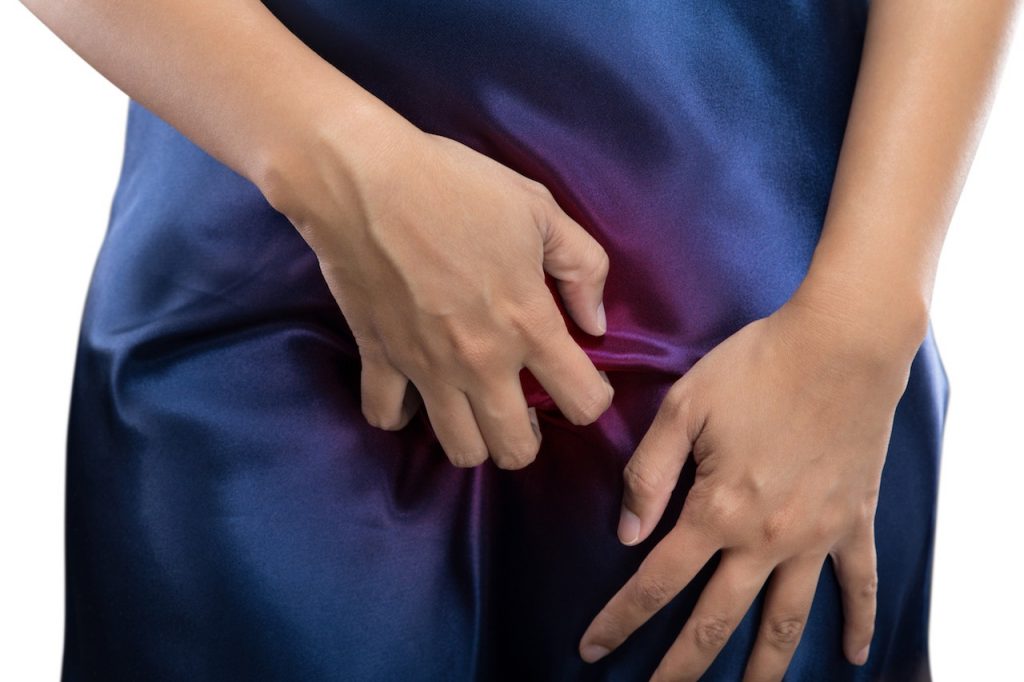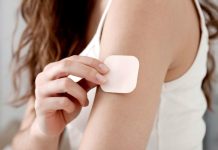Boric acid, garlic, natural yogurt, coconut oil, oil of oregano, probiotic supplements, apple cider vinegar, hydrogen peroxide, vitamin c, tea tree oil and over-the-counter treatments are some of the home remedies for vaginal itching.
One of the most common types of fungal infection is the yeast infection that basically targets the genital area, further leading to pain, discharge and itching. About 75% of the women experience a yeast infection at least once in their lives. In this article, we will talk about 11 natural home remedies that will help to treat the yeast infection. These are as listed below:
11 Effective Home Remedies for Vaginal Itching
Boric Acid
Vaginal boric acid capsules are a lot beneficial for women with recurrent infections. According to the research, boric acid when topically applied along with antifungal flucytosine treats approximately 70 percent of women. A dosage of 600mg of boric acid in a capsule can be inserted vaginally once a day for 14 days, as per the Centre for Disease Control and Prevention (CDC).
Garlic
As per research, there is no effect on the levels of yeast in the vagina by eating garlic. Many women have thus claimed to find relief by trying to use it internally. You can thread a garlic clove with a string and place it into the vagina overnight, although there’s no scientific evidence to prove if it works. Discontinue using it in case you feel a burning sensation.
Natural Yogurt
Natural, non-flavoured yogurt consists of probiotics that help to restore the balance of bacteria and yeast in the body. According to a 2005 research, there are certain types of probiotics that can combat some of the yeasts responsible for causing vaginal yeast infection. Thus, a number of people have found relief from eating yogurt, inserting it vaginally and even applying it to the vulva around the vagina.
Coconut Oil
The antifungal properties of coconut oil are beneficial to combat the candida albicans yeast. You can use raw organic coconut oil internally as well as externally to ease symptoms. However, some products are specifically suited for cooking purpose rather than applying on the skin. So, you must compare the products and brands before applying anything on the skin.
Oil of Oregano
Oil of oregano made from the wild oregano consists of two potent antifungals, thymol and carvacrol. As per some research, wild oregano oil inhibits the growth of candida albicans. You can either use capsules containing oil of oregano into the vagina or can apply it to a tampon before the insertion. Make sure you mix 3-5 drops of oil of oregano essential oil in 1 ounce of sweet almond oil, olive oil or warmed coconut oil as essential oils should be first mixed with carrier oils before use.
Probiotic Supplements
Probiotics help to restore the bacteria-yeast balance. It usually takes around 10 days to reach full effect so many women use probiotics as vaginal suppositories for quick results.
Tea Tree Oil
This essential oil is used to kill fungi, bacteria and viruses and helps to maintain a healthy balance of flora in the vagina. You can first dilute with a carrier oil in case you plan to use it as a vaginal suppository.
Apple Cider Vinegar
You can add half a cup of apple cider vinegar to a lukewarm bathtub and soak for 20 minutes. the acidic component of the vinegar will help to eliminate any harmful microorganisms. However, vinegar bath and vinegar douching are not the same as it flushes out all the bacteria from your vagina, including the good ones, which leaves certain chances of the recurrence of the yeast infection.
Vitamin C
This immune system booster will help your body to bring itself back into balance. It is the antimicrobial components of vitamin C that some women also use the same to kill candida overgrowths. Thus, you must increase your intake of vitamin C as that will help your body to beat the infection. Remember, you do not have to apply this to the sensitive vaginal tissue.
Hydrogen Peroxide
Hydrogen peroxide does not necessarily work on every species of yeast but a lot of women use it topically when they get a yeast infection. You should first dilute it in water before applying it. also, you do not have to use it for more than five days in a row.
Over-the-Counter Treatments
There are antifungal treatments available in the form of creams or pessaries that are used to treat yeast infections. The treatment can either be for external use or for internal use, depending on the product.
When should you avoid Home Remedies?
The following people should not try to treat themselves using these home remedies:
- Pregnant women
- People who are not sure if the symptoms are caused by a yeast infection.
- People with sexually transmitted infection
- Those with a recurrent yeast infection
Conclusion
Most of these home remedies are effective in treating a yeast infection but in case you notice no improvement in your symptoms, it is important that you seek immediate medical attention.
References
https://www.centerwatch.com/clinical-trials/listings/condition/249/yeast-infections/
https://www.ncbi.nlm.nih.gov/pmc/articles/PMC4360556/













